CONTENTS
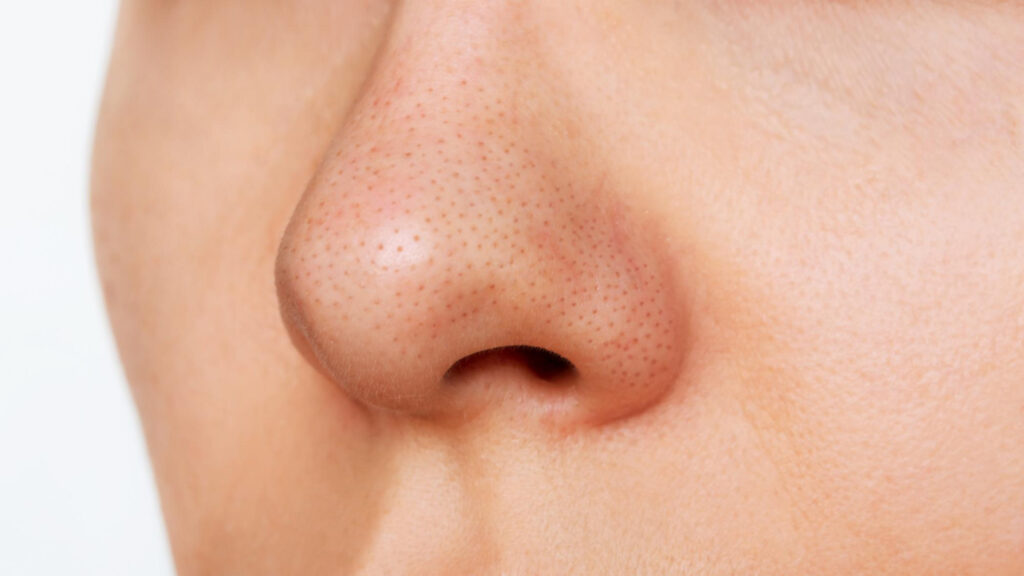
The Dirty Dozen: Most Common Pore Clogging Ingredients
Unsure of which ingredients might be clogging your pores? Look no further! Today, we will be exploring the most common pore-clogging ingredients and why they can affect your skin.
From cleansers to moisturizers, it’s essential to know what you’re putting on your skin and how it can impact your complexion.
Let’s get started on our list of the top pore-clogging ingredients and see which one might be to blame for your breakouts!
What are Pore Clogging Ingredients?
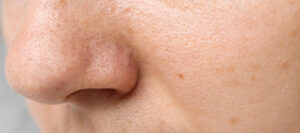
Pore-clogging ingredients can be found in everyday skincare products, from sunscreen to moisturizers. These ingredients are known as comedogenic, which means they can clog pores and cause acne.
Some common pore-clogging ingredients include spirulina, coconut oil, seaweed, olive oil, cocoa butter, shea butter, and sodium laureth sulfate (SLES). Skincare companies can claim that these products are safe for the skin and promote clear skin, yet they actually possess a chance to clog your pores.
To avoid getting blocked pores or breakouts, it’s essential to look for non-comedogenic skincare products that are free of these ingredients.
Most Common Pore Clogging Ingredients
Spirulina
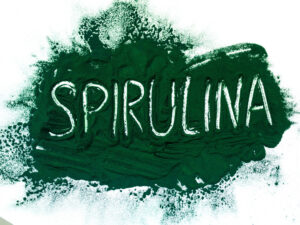
Spirulina is a blue-green alga that has become a popular ingredient in skincare products. Still, it can be a part of comedogenic ingredients if used in too large amounts.
It contains polysaccharides, proteins, and zinc which can create a barrier on the skin that clogs pores. Therefore, it is advised to use enough spirulina and avoid applying it to areas with larger or more sensitive pores during skincare routines.
Coconut Oil
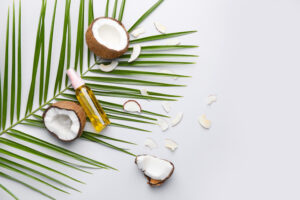
Coconut oil is a type of vegetable oil used for centuries as a natural ingredient in beauty products.
While its many benefits make it a popular choice for skin care and hair care, its tendency to clog pores can make it problematic for some people with sensitive or acne-prone skin.
When applied to the skin, coconut oil can cause clogged pores, blackheads, and whiteheads. Furthermore, it may even worsen pre-existing acne breakouts.
For this reason, those with oily skin should avoid using coconut oil as an ingredient in their skincare routine.
Potassium Chloride
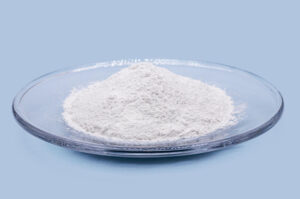
Potassium Chloride is a popular pore-clogging ingredient often used in cosmetic and beauty products to reduce the appearance of large pores.
It works by forming an invisible barrier on the surface of your skin, preventing oils, dirt, and other impurities from entering the pores. This helps reduce the appearance of enlarged pores.
Plus, it also has moisturizing properties, which can help to improve overall skin health and hydration.
While it may be effective at reducing the appearance of large pores, overuse or prolonged use of Potassium Chloride can potentially cause dryness and irritation.
Seaweed
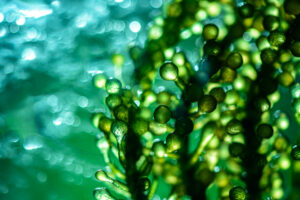
Seaweed is made up of tiny fibers that, when collected on the skin, can trap oil and dirt, leading to clogged pores.
It is often paired with other heavy emollient ingredients like shea butter or coconut oil to create an extra cushioning barrier against the skin’s surface. This makes an oily residue that can cause breakouts if left unchecked.
Thus, it’s essential to use a gentle cleanser thoroughly to ensure no product residue after use while not stripping natural oils.
Shea Butter
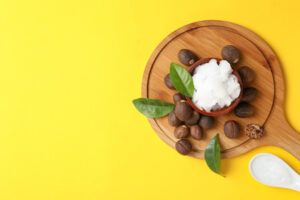
Known for its nourishing and moisturizing benefits, shea butter turns out to have a chance of clogging pores. This is because shea butter is an occlusive substance, meaning it also forms a barrier on the skin that can trap oil and bacteria within pores.
Therefore, those with acne-prone skin may wish to avoid using products containing shea butter or use them only in small amounts.
Additionally, it’s essential to ensure the product does not contain other pore-clogging ingredients, such as mineral oil or petroleum jelly.
Pore Clogging Ingredients Checker
Acne Clinic NYC
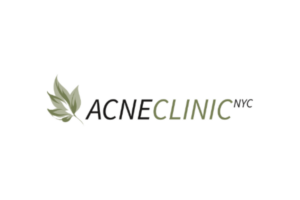
The Manhattan-based Acne Clinic NYC offers treatment for people with acne problems. The service range from acne consultation to acne treatments.
Aside from being a one-stop solution for acne issues, the website also provides a pore-clogging ingredients checker.
To do this, simply google the full name of the product and add ‘ingredients’ at the end. Then copy the ingredients list and insert it in the provided field. Hit ‘Check’ and get the results right away.
BIBA Los Angeles
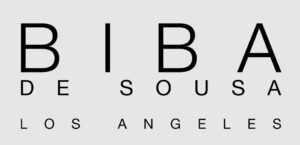
BIBA de SOUSA Los Angeles, a Californian skincare brand, provides a website with a free online pore-clogger checker.
So, besides shopping for their luxury, artisanal products, you can also check whether your current skincare products contain pore-clogging ingredients.
The steps to use the checker is similar to the Acne Clinic NYC one — it’s quick and simple!
Skin V Facial Spa
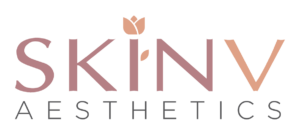
This Florida-based Skin V Facial Spa is a skin therapy place filled with a group of professionals with a mission to empower women to be true to themselves by making self-care a priority with a results-driven, intimate skincare experience.
Besides providing skin therapy, this place also has a free online pore-clogging ingredients checker on their website.
The steps to utilize the feature are similar to the two websites above — easy and quick!
Frequently Asked Questions
How do I know if a cosmetic product contains pore-clogging ingredients?
Pay attention to labels and ensure none of the comedogenic ingredients have been added. To make it easier, use the help of free online pore-clogger checkers. If a product doesn’t list its ingredients on the label or on its website, it’s probably best to avoid it altogether.
How do you unclog your pores?
Several tips to unclog pores include regularly cleansing with a gentle, non-comedogenic cleanser, exfoliating twice a week, doing a clay mask once per week, using products designed for your skin type, and avoiding touching your face too often.
Conclusion
Now that you know what ingredients are commonly found in pore-clogging products, you can make better-informed choices about the products you use. You can also avoid these ingredients by opting for natural and organic skincare products instead. This way, you’ll get clear skin without clogged pores.
Do you have any other tips for avoiding comedogenic ingredients? Share your experience below!


